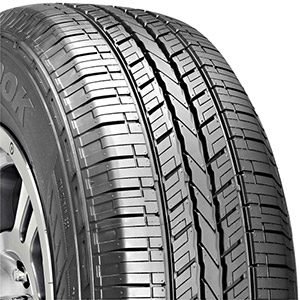Effective Waterproofing Solutions with Drainage Mats for Improved Moisture Management
The Importance of Drainage Mat Waterproofing in Construction
In the realm of modern construction, addressing water management challenges is paramount to building longevity and structural integrity. One critical component in this effort is the integration of drainage mats, particularly in waterproofing applications. This article explores the importance of drainage mat waterproofing, its advantages, and the best practices for implementing it effectively in various construction projects.
What is a Drainage Mat?
A drainage mat is typically made of a synthetic material designed to promote effective drainage and moisture management in building structures. It often features a core of high-density polyethylene (HDPE) or polypropylene, designed to facilitate the rapid movement of water away from critical areas like foundations, retaining walls, and landscaping. Frequently used in both residential and commercial projects, drainage mats can be installed vertically or horizontally, depending on the specific requirements of the site.
The Importance of Waterproofing
Waterproofing is essential in construction for several reasons. Inadequate waterproofing can lead to significant issues, including mold growth, structural damage, foundational erosion, and even health risks associated with damp environments. With increasing rainfall and unpredictable weather patterns, effective waterproofing systems have become even more critical.
Drainage mats play a pivotal role in waterproofing strategies by creating a barrier that helps to channel water away from sensitive areas. By utilizing a drainage mat, construction professionals can ensure that water buildup is minimized, protecting the integrity of the building's foundation while preventing soil erosion around it.
Advantages of Drainage Mats
1. Enhanced Drainage The primary benefit of drainage mats is their ability to redirect water efficiently. The design allows water to flow freely, reducing hydrostatic pressure on building materials and mitigating the risk of leakage and seepage.
2. Preventing Soil Erosion By promoting good drainage, these mats help to stabilize the soil around foundations. This is especially important in areas with high rainfall or loose soil, preventing soil erosion that can compromise structural stability.
3. Mold and Mildew Prevention Since drainage mats aid in maintaining a dry environment, they significantly reduce the potential for mold and mildew growth. This is especially crucial in basements and crawl spaces, where moisture control is vital for indoor air quality.
drainage mat waterproofing

4. Longevity of Construction Materials Waterproofing with drainage mats not only protects the structure during construction but also extends the lifespan of the materials used. By preventing water intrusion, builders can reduce repair needs and ensure the durability of the building.
5. Cost-Effectiveness While the initial investment in quality drainage mats might seem steep, the long-term savings are substantial. Fewer repairs, decreased risk of property damage, and the avoidance of health-related issues translate into significant cost reductions over time.
Best Practices for Installing Drainage Mats
To achieve optimal results, it’s vital to follow best practices during the installation of drainage mats. Here are some essential tips
1. Site Assessment Before installation, conduct a thorough site assessment to determine the water flow patterns and areas of potential water accumulation. This understanding will inform the strategic placement of drainage mats.
2. Proper Alignment Ensure that drainage mats are aligned correctly along walls and foundations to maximize their functionality. Misalignment can lead to water pooling and increased pressure against structures.
3. Use of Filter Fabrics When installing drainage mats, it is often beneficial to use filter fabrics. These fabrics prevent soil infiltration while allowing water to pass through freely, enhancing the drainage effect.
4. Regular Maintenance Post-installation, regular inspection and maintenance are essential. Check for blockages, damage, or any signs of water accumulation to address issues proactively.
Conclusion
In conclusion, the integration of drainage mats in waterproofing applications is a crucial aspect of modern construction. Their benefits, ranging from enhanced drainage capabilities to mold prevention and cost-effectiveness, contribute significantly to the durability and safety of buildings. As weather patterns become more unpredictable and the frequency of extreme weather events increases, the use of effective drainage solutions such as drainage mats will be more important than ever. Investing in proper drainage mat systems not only safeguards construction projects but also ensures the long-term viability of structures against the challenges posed by moisture and water.
-
Under Door Draught Stopper: Essential ProtectionNewsJul.31,2025
-
Garage Door Seal and Weatherstrips for ProtectionNewsJul.31,2025
-
Edge Banding Tape for Perfect EdgesNewsJul.31,2025
-
Table Corner Guards and Wall Corner ProtectorsNewsJul.31,2025
-
Stair Nose Edging Trim and Tile Stair SolutionsNewsJul.31,2025
-
Truck Bed Rubber Mats for Pickup BedsNewsJul.31,2025
-
Window Weather Stripping for Noise ReductionNewsJul.29,2025